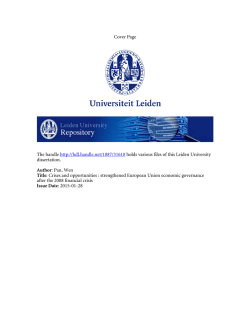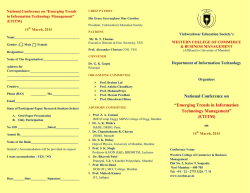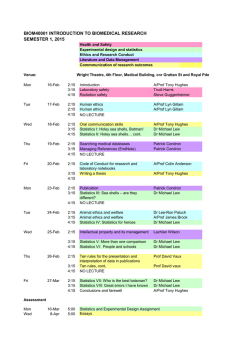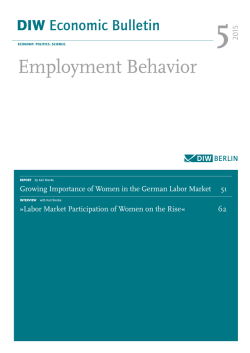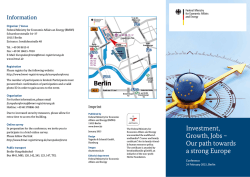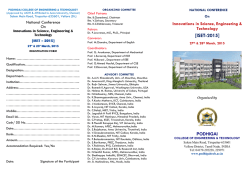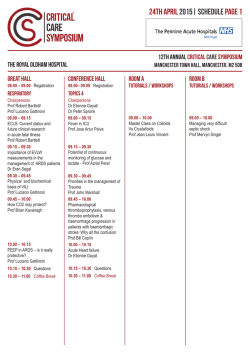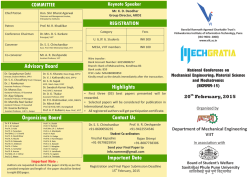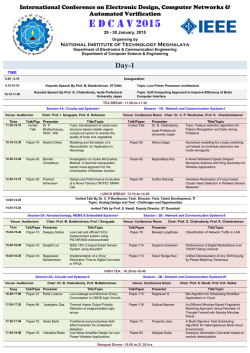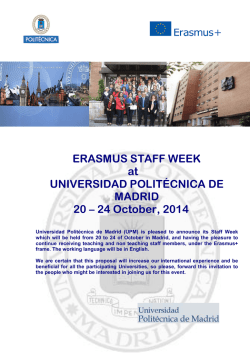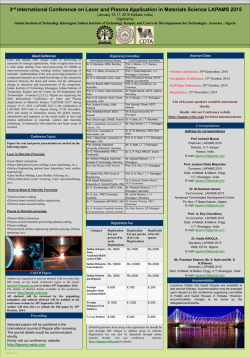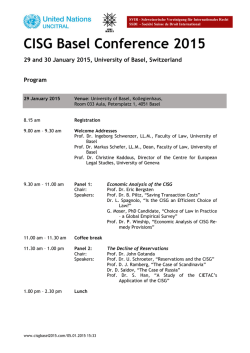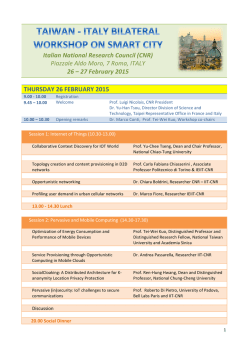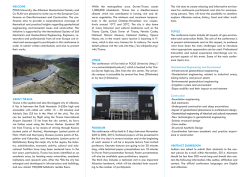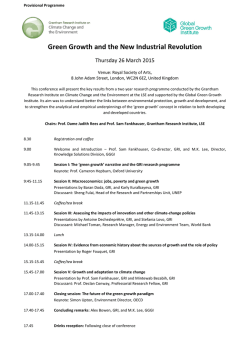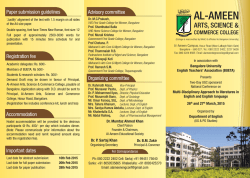
Labor Market Participation of Women on the Rise «
INTERVIEW FIVE QUESTIONS TO KARL BRENKE »Labor Market Participation of Women on the Rise « Karl Brenke, researcher in the department of Forecasting and Economic Policy of DIW Berlin. 1. Mr. Brenke, what percentage of the working population is available to the German labor market? The proportion is just under 70 percent. This means that almost 70 percent of the working population between the ages of 15 and 74 either have a job or are looking for one. However, there are still major differences between men and women. For men, the participation rate is close to 73 percent whereas for women it is about ten percentage points lower. In particular, the number of women participating in the labor force has increased considerably. This has also contributed to the potential labor force growing by two million over the past ten years, contrary to all predictions. 2. How has labor force participation developed in recent years? Labor force participation has risen significantly. Up until 2003/2004, the participation rate flatlined. For men, it fell slightly, but for women it rose, and on average we had stagnation. For about ten years now, we have seen considerable growth in the number of employed persons and also those with the propensity to work. An ever-increasing percentage of the population wants a job. This has also allowed us to manage demographic changes very well. While the working-age population has fallen by about two million, the number of workers, however, has increased. In other words, there is a discrepancy here: we still have a shrinking population, but rising numbers of people are willing to work. As a result, Germany’s growing labor force participation has cushioned the demographic problem. 3. Why has female labor force participation increased so much? First, we have the qualification effect: the better qualified people become, the more frequently they participate in the labor force. On average, workers today 62 are better qualified than they were 20 years ago. This applies in particular to women. Attitudes to education have changed in recent decades, and this is now showing in the labor market. Second, behavior in general has changed. Women no longer want to play the traditional role and are keen to participate more in the labor force. This phenomenon is seen throughout all the age groups. For men, however, labor force participation has only increased among those aged 55 or older. One contributing factor may be that employers are now focusing more on older workers and not just on younger ones as they did in the past. 4. Has the volume of work among women also increased? There are still major differences with regard to work volumes. Although 46 percent of all employees in Germany are women, they only account for 40 percent of total working hours. This is because women very often only work part-time. Almost half of women have a part-time job while for men, the corresponding figure is just one in nine. It should be noted, however, that the part-time ratio for women has flatlined in the last seven years. For men, it has risen slightly from its lower initial level. 5. Will labor force participation among women continue to rise? Yes, for several reasons. On the one hand, the economic structure continues to shift toward industries where women are well represented. When jobs are created in these industries, this leads to higher labor force participation among women. On the other hand, younger women, in particular, are no longer lagging behind men in terms of education. These age cohorts are further penetrating the labor market and are increasingly characterizing women in employment. Since qualified people are more willing to enter gainful employment than those who are less qualified, labor force participation among women will continue to rise due to this effect. Interview by Erich Wittenberg. DIW Economic Bulletin 5.2015 IMPRINT DIW Berlin — Deutsches Institut für Wirtschaftsforschung e. V. Mohrenstraße 58, 10117 Berlin T + 49 30 897 89 – 0 F + 49 30 897 89 – 200 Publishers Prof. Dr. Pio Baake Prof. Dr. Tomaso Duso Dr. Ferdinand Fichtner Prof. Marcel Fratzscher, Ph.D. Prof. Dr. Peter Haan Prof. Dr. Claudia Kemfert Dr. Kati Krähnert Prof. Karsten Neuhoff, Ph.D. Dr. Kati Schindler Prof. Dr. Jürgen Schupp Prof. Dr. C. Katharina Spieß Prof. Dr. Gert G. Wagner Editors in chief Sabine Fiedler Dr. Kurt Geppert Editorial staff Renate Bogdanovic Andreas Harasser Sebastian Kollmann Dr. Claudia Lambert Dr. Anika Rasner Dr. Wolf-Peter Schill Translation HLTW Übersetzungen GbR [email protected] Layout and Composition eScriptum GmbH & Co KG, Berlin Press office Renate Bogdanovic Tel. +49 - 30 - 89789 - 249 presse @ diw.de Sale and distribution DIW Berlin Reprint and further distribution — including extracts — with complete reference and consignment of a specimen copy to DIW Berlin's Communication Department ([email protected]) only. Printed on 100 % recycled papier. DIW ECONOMIC BULLETIN NO 5/2015 OF JANUARY 28, 2015
© Copyright 2025

